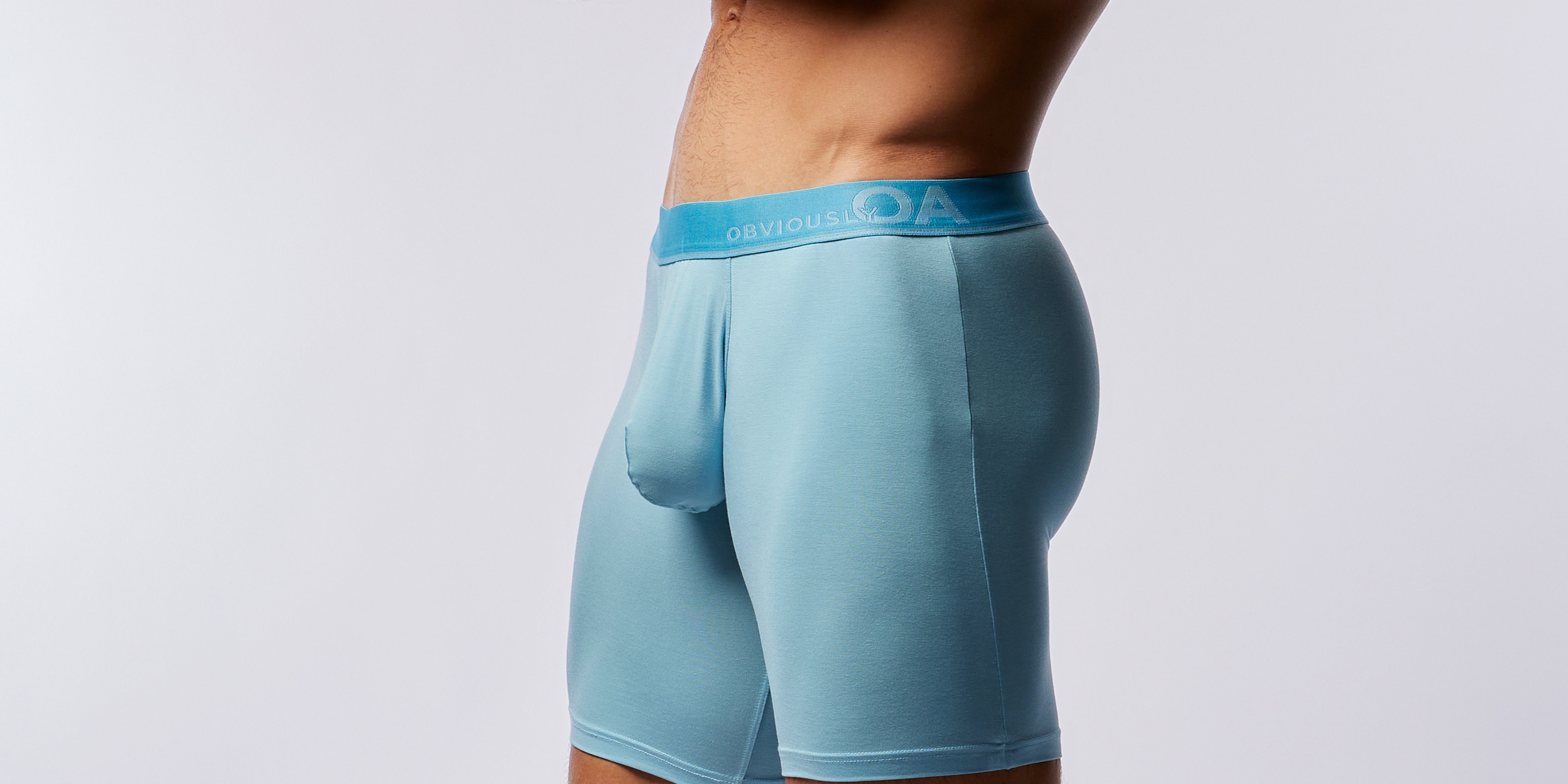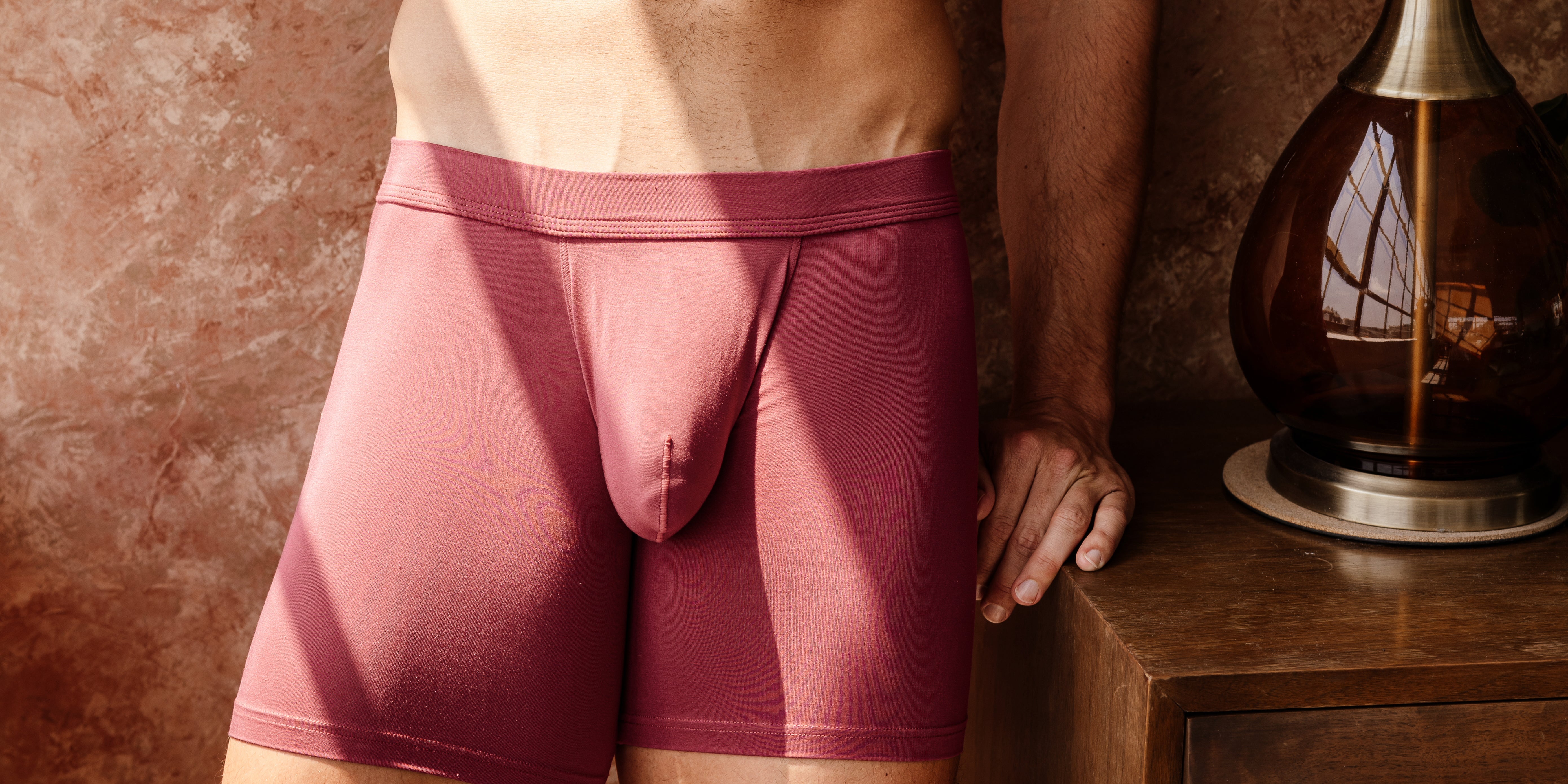
How Does Moisture Wicking Work: Step-by-Step
In a world where performance and comfort are key, moisture-wicking fabrics have emerged as a game-changer for athletes, adventurers, and everyday wearers. These advanced textiles promise to keep you dry by efficiently managing sweat, but how does moisture wicking work? This article explores the intricate process that makes these fabrics so effective, providing valuable insights for those who demand more from their clothing. Whether you're a tech-savvy consumer, a sustainability advocate, or simply someone who values comfort, understanding the science behind moisture-wicking technology can transform your approach to apparel.
What Is Moisture Wicking?
Moisture wicking is a sophisticated textile technology designed to enhance comfort and performance by efficiently managing sweat. At its core, moisture-wicking fabrics are engineered to draw moisture away from the skin and transport it to the fabric's outer surface, where it can evaporate more quickly. This process not only keeps the wearer dry but also helps regulate body temperature, making it ideal for athletes, outdoor enthusiasts, and anyone engaged in physical activities. The magic lies in the fabric's structure, often featuring synthetic fibers like polyester or nylon, which are hydrophobic and thus repel water, combined with a capillary action that facilitates the movement of moisture. By maintaining dryness and reducing the risk of chafing or irritation, moisture-wicking fabrics empower individuals to push their limits, whether they're scaling mountains, running marathons, or simply navigating a busy day with confidence and ease.
How Does Moisture Wicking Work
Step 1: Absorption of Moisture
The moisture-wicking process begins with the fabric's ability to absorb sweat from the skin's surface. Unlike traditional fabrics that soak up moisture and become heavy, moisture-wicking materials are designed with fibers that quickly capture sweat. These fibers are typically made from synthetic materials such as polyester or nylon, which are engineered to be hydrophobic, meaning they naturally repel water. This unique property ensures that moisture is not absorbed into the fabric but instead is ready to be moved away from the skin.
Step 2: Transportation of Moisture
Once the moisture is captured, the next step is transportation. This is where the fabric's capillary action comes into play. The fibers are structured in a way that creates tiny channels, allowing sweat to travel along the surface of the fabric. This movement is facilitated by the fabric's weave and fiber alignment, which work together to pull moisture away from the skin and spread it across a larger surface area. This rapid transportation prevents the accumulation of sweat, reducing the risk of discomfort and skin irritation.
Step 3: Evaporation of Moisture
The final step in the moisture-wicking process is evaporation. By spreading the moisture over a larger surface area, the fabric allows sweat to evaporate more quickly into the air. This evaporation process is crucial for maintaining a dry and comfortable feeling, as it helps regulate body temperature by releasing heat. The quick-drying nature of moisture-wicking fabrics ensures that even during intense physical activities, the wearer remains cool and dry, enhancing both performance and comfort. This efficient evaporation not only keeps the fabric light but also minimizes odor, contributing to a fresher experience.

Does Moisture Wicking Increase Breathability?
Yes, moisture-wicking fabrics inherently enhance breathability, creating a more comfortable experience during physical activities. These fabrics are designed with a dual focus: managing moisture and promoting airflow. The structure of moisture-wicking materials, often featuring a loose weave or mesh-like construction, allows air to circulate freely, facilitating the evaporation of sweat. This increased airflow not only aids in the rapid drying of the fabric but also helps regulate body temperature by allowing heat to escape. As a result, wearers experience a cooling effect, which is particularly beneficial during intense workouts or in warm climates. By combining moisture management with enhanced breathability, these fabrics ensure that athletes, adventurers, and everyday users can perform at their best without being weighed down by sweat or heat.
What Is The Best Material For Moisture Wicking?
Bamboo and micromodal are increasingly gaining recognition as excellent moisture-wicking materials, offering a blend of comfort, sustainability, and performance. Bamboo fabric, derived from the pulp of bamboo grass, is naturally breathable and possesses remarkable moisture-wicking properties. It efficiently draws sweat away from the skin, allowing it to evaporate quickly, while also being hypoallergenic and antibacterial, which helps reduce odor. Bamboo's eco-friendly nature, due to its rapid growth and minimal need for pesticides, makes it a sustainable choice for conscious consumers. Micromodal, on the other hand, is a type of rayon made from beech tree pulp, renowned for its silky softness and superior moisture management. It excels at absorbing moisture and dispersing it across the fabric surface, ensuring quick drying and a consistently dry feel. Both bamboo and micromodal offer a luxurious touch and are ideal for those seeking comfort and sustainability in their moisture-wicking apparel.
Are There Different Levels of Moisture-Wicking?
- Basic Moisture-Wicking: At this level, fabrics are designed to provide fundamental moisture management by drawing sweat away from the skin to the outer surface. These materials are suitable for low to moderate activity levels, offering basic comfort and dryness.
- Advanced Moisture-Wicking: Fabrics in this category incorporate enhanced fiber technology and construction techniques to improve moisture transportation and evaporation. They are ideal for high-intensity activities, providing superior dryness and comfort even during prolonged exertion.
- Performance and Sportswear Moisture-Wicking: This level features cutting-edge textile innovations, such as engineered weaves and specialized treatments, to maximize moisture control and breathability. These fabrics are tailored for elite athletes and outdoor adventurers who demand the highest performance from their gear.
- Thermal Moisture-Wicking: Designed for activities in varying climates, these fabrics combine moisture-wicking capabilities with thermal regulation. They efficiently manage sweat while maintaining optimal body temperature, making them perfect for outdoor sports in both hot and cold conditions.
- Eco-Friendly Moisture-Wicking: These fabrics integrate sustainable materials and processes, offering moisture management with an environmental focus. They cater to eco-conscious consumers who prioritize both performance and sustainability in their activewear choices.
Which Brands Offer The Best Moisture Wicking Clothing?
Obviously Apparel stands out in the realm of moisture-wicking clothing by offering innovative fabric blends that prioritize both performance and comfort. Their EveryMan and FreeMan ranges feature a unique blend of Bamboo Rayon and Lycra, which combines the natural breathability and sustainability of bamboo with the durability and elasticity of Lycra. This results in a fabric that is more breathable, cooler, and tougher than traditional cotton, making it ideal for everyday wear. Additionally, their PrimeMan line utilizes a MicroModal and Lycra blend, crafted from sustainably harvested beech trees, to deliver an ultra-light, ultra-soft fabric that excels in moisture management. Both fabric blends are meticulously engineered to wick moisture away from the skin, allowing it to evaporate quickly and keeping the wearer cool and dry. By focusing on the right materials and innovative fabric technology, Obviously Apparel ensures that their products not only enhance the body's natural cooling process but also provide unparalleled comfort and performance.
Conclusion
In conclusion, understanding how moisture-wicking fabrics work empowers you to make informed choices that enhance your comfort, performance, and overall well-being. Whether you're an athlete pushing your limits, an outdoor enthusiast braving the elements, or simply someone seeking everyday comfort, these innovative textiles offer a solution that keeps you dry and comfortable. By efficiently managing moisture through advanced fiber technology and thoughtful design, moisture-wicking fabrics support your body's natural cooling processes, allowing you to focus on what truly matters—achieving your goals and enjoying your activities to the fullest. As you explore the diverse options available, from synthetic blends to sustainable materials like bamboo and micromodal, you can confidently invest in apparel that aligns with your lifestyle and values. Embrace the benefits of moisture-wicking technology and experience the transformative impact it can have on your active pursuits and daily life.
Final Thoughts
Curious about what true comfort feels like? At Obviously Apparel, we strive to not just meet but exceed your expectations with our high-quality underwear. By using top-tier materials like bamboo and micro modal, we deliver a luxurious experience tailored to your lifestyle, whether you're active or simply going about your day. Discover the ultimate in comfort with Obviously Apparel's men's underwear and transform your daily experience.
Sources




